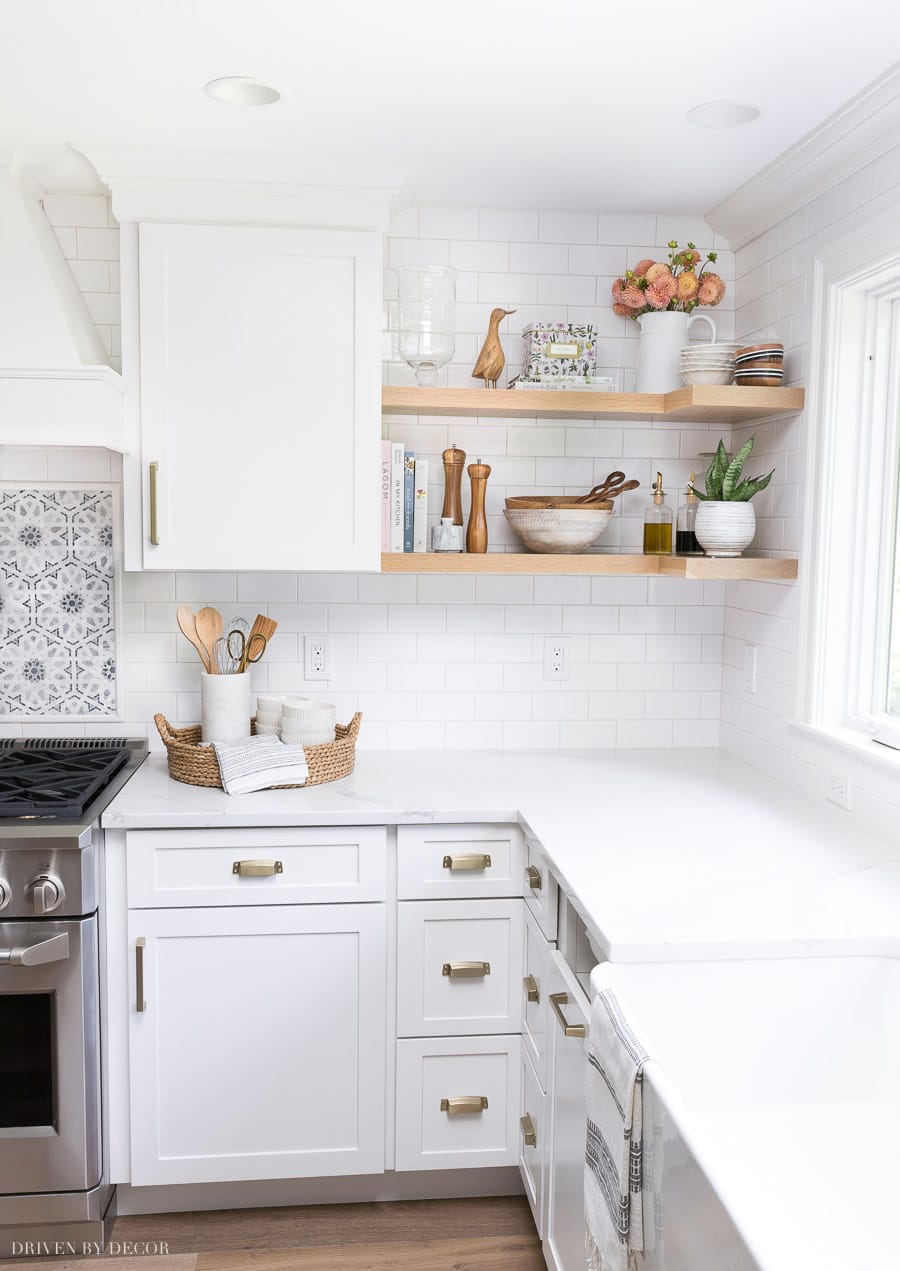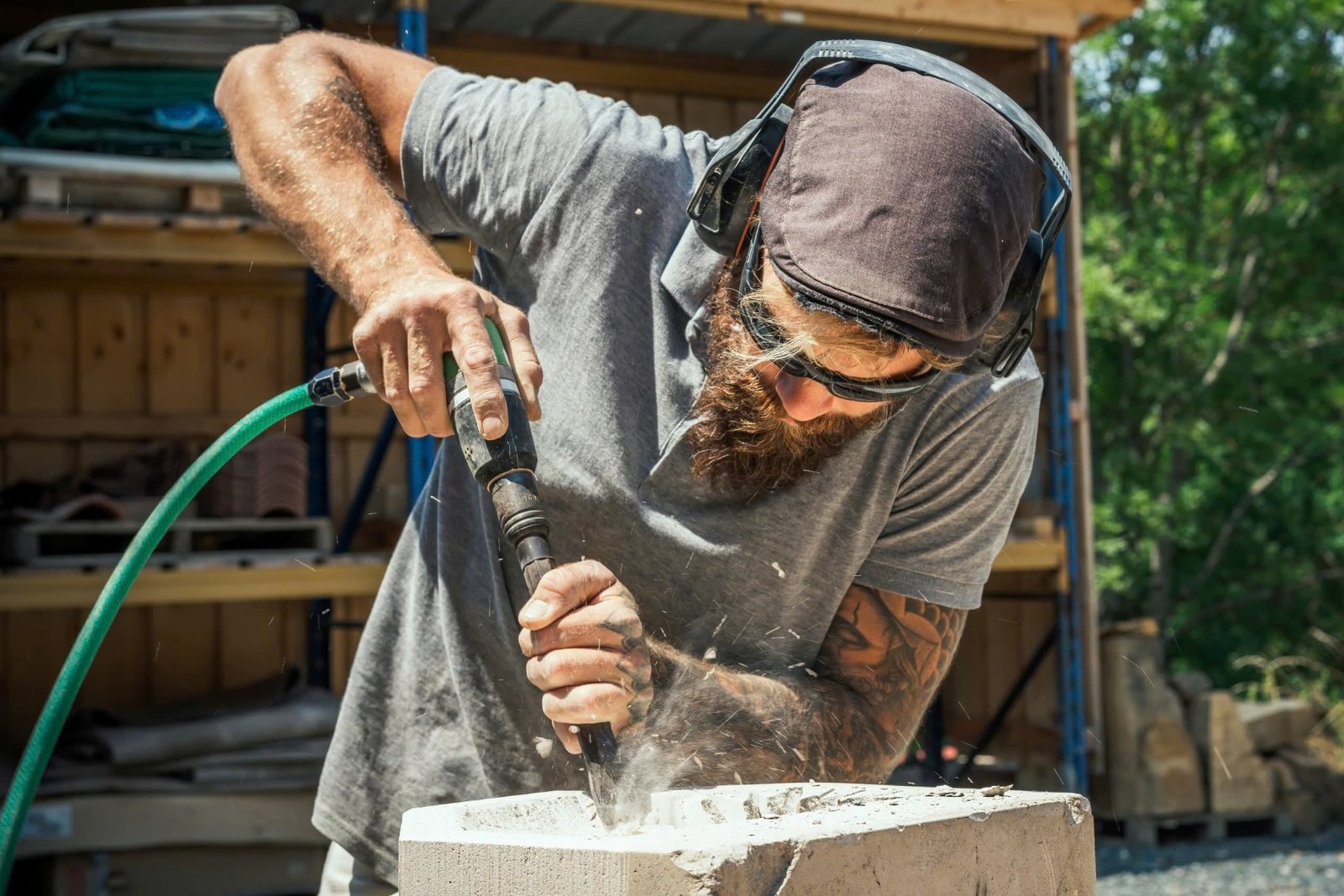
Granite countertops are a symbol of luxury, resilience, and timeless style
Granite countertops are a symbol of luxury, resilience, and timeless style. Among the most captivating options available are leathered granite countertops and black granite countertops, which offer a matte, textured appearance that exudes sophistication. However, these surfaces, though robust, require special care—particularly when it comes to sealing.
In this detailed guide, we’ll walk you through how to seal leathered and black granite countertops, including expert tips, step-by-step instructions, and the best sealers to use. Whether you’re working on a high-traffic granite kitchen countertop, a sleek granite bathroom countertop, or planning an upgrade to granite countertops for outdoor kitchens, this article will ensure your surfaces stay beautiful and protected.

Why Sealing Granite Countertops Is Essential
All granite is porous to some degree, meaning it can absorb liquids and oils if not properly sealed. This is especially true for leathered granite, whose textured finish has more surface area to trap particles. Sealing acts as a barrier, preserving your stone from:
- Staining from food and oils
- Water spots and mineral buildup
- Bacterial contamination
- Surface dulling over time
Whether you’re dealing with blue pearl granite countertops, brown granite countertops, or custom granite countertops, proper sealing will extend their life and maintain their finish.
Related: What Can You Use on Granite Countertops to Protect Them?

How Leathered Granite Differs from Polished or Honed Granite
Leathered granite is created by running diamond-tipped brushes over a honed slab, resulting in a pebbled, matte texture that hides fingerprints and smudges better than polished granite countertops. However, this same texture can make leathered granite more vulnerable to:
- Moisture retention
- Trap grease and debris
- Uneven absorption of sealers
For these reasons, sealing leathered granite requires careful application and the right product selection.
Step-by-Step Guide: How to Seal Leathered and Black Granite Countertops
1. Clean the Surface Thoroughly
Before applying any sealer, it’s essential to clean granite countertops properly. Remove all dirt, grime, oils, and previous product residues.
Use:
- A pH-neutral granite cleaner or a mix of warm water and mild dish soap
- A microfiber cloth or non-abrasive sponge
Avoid using harsh chemicals like vinegar or bleach that can damage the granite’s finish.
2. Let It Dry Completely
Granite must be completely dry before applying a sealer. Leathered granite in particular holds moisture in its textured surface, so let it sit for 24 hours after cleaning to ensure it’s bone dry.
3. Apply the Granite Sealer
Choose a penetrating sealer designed specifically for natural stone. These sealers sink into the stone’s pores and provide long-lasting protection without altering the color.
How to apply:
- Pour the sealer directly onto the granite.
- Use a lint-free cloth to evenly distribute the product in small sections.
- Allow the sealer to sit for 10–15 minutes (follow manufacturer instructions).
4. Buff Off the Excess
Using a clean microfiber cloth, wipe away all excess sealer from the surface. Do not allow it to dry on top of the granite as this can cause hazing or streaking—especially on black granite countertops.
5. Cure Time: Let It Set
The newly sealed granite needs time to cure. While it may be dry to the touch within a few hours, full curing usually takes between 24–48 hours. Avoid placing heavy items or using the surface during this time.
Discover: How Long to Wait After Sealing Granite Countertops
Best Sealers for Leathered and Black Granite Countertops
Not all sealers are created equal. Here are a few top-rated options that work particularly well with textured or dark stone:
- STONETECH BulletProof Sealer
- Granite Gold Sealer Spray
- Trinova Granite Sealer & Protector
- Miracle Sealants 511 Impregnator
These products are excellent choices for natural stone vs engineered stone countertops, especially when aiming to retain color and depth.
How Often Should You Seal Leathered or Black Granite?
- Kitchen countertops: Every 6–12 months
- Bathroom countertops: Every 1–2 years
- Outdoor granite countertops: Every 6 months due to exposure
The “water test” is a simple way to check if your sealer is still working. Pour a few drops of water on the granite—if it beads up, the seal is intact. If it darkens or absorbs, it’s time to reseal.
Additional Maintenance Tips for Leathered and Black Granite
- Avoid acidic cleaners – No vinegar, lemon juice, or ammonia.
- Wipe spills quickly – Especially oils, wine, or coffee.
- Use cutting boards and trivets – Prevents scratches and thermal shock.
- Dust regularly – Especially in textured leathered finishes.
Where to Buy Granite Sealers and Tools
You can find granite sealing kits and products at:
- Local granite countertop showroom [location]
- Home improvement stores
- Wholesale suppliers
- Online retailers
Need help moving your granite slabs? Check out this professional-grade lifting equipment
Conclusion: Keep Your Granite Beautiful for Years to Come
Sealing your leathered or black granite countertops is one of the best things you can do to maintain their aesthetic and structural integrity. Whether you’re maintaining granite slabs for countertops, or looking for the best granite countertops for kitchens, regular sealing ensures long-term durability, protection, and beauty.
💡 Also Read:
What Are Quartz Countertops?
How Thick Are Quartz Countertops?
What to Use to Seal Granite Countertops?

